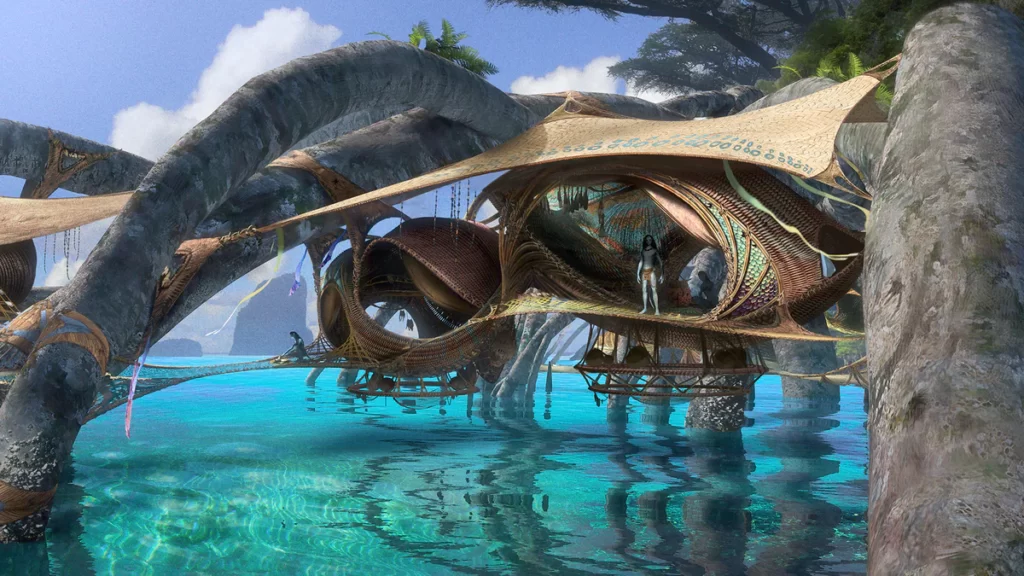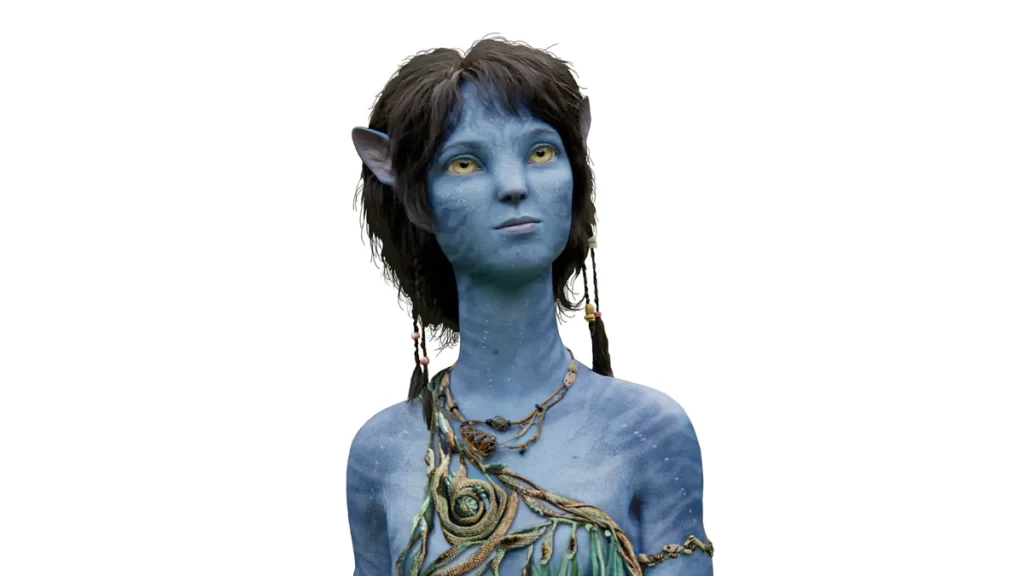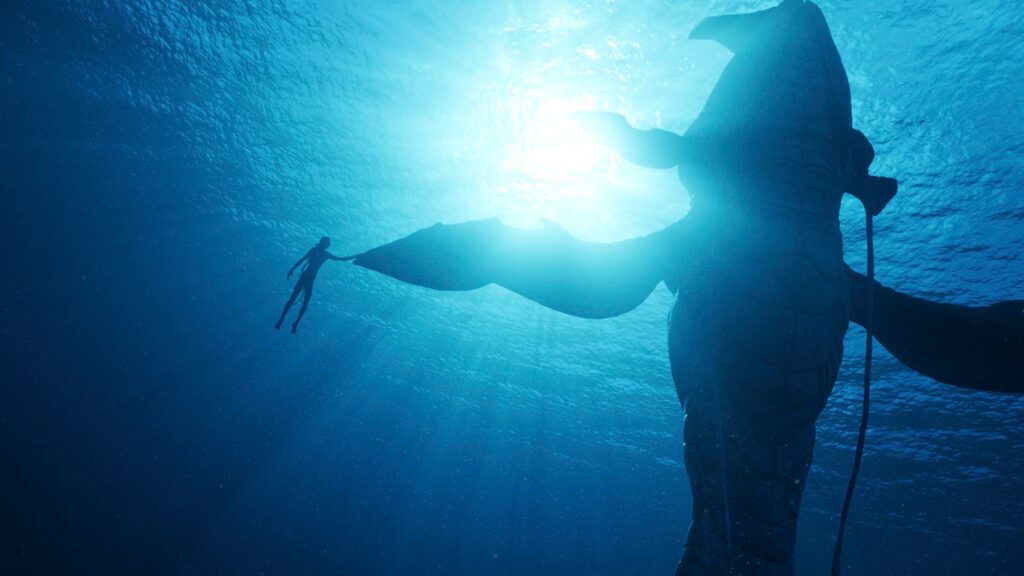Avatar 2 recaptures the magic of the first film without feeling like a retread — mostly.
With the world of Pandora and the way of the Navi explained in the first movie, the sequel seems like the time to build on those foundations and tell a new, more complex story.
I wanted Avatar: The Way of Water to do Star Wars: expand in a far flung, arms sweeping sort of way. Flamboyantly. Big space politics, new sentient species, strange ideas that are more than a step away from what we’ve already seen.
Instead, Cameron meanders pleasantly to a nearby island cluster, where the locals still have blue skin, but a slightly different shade of blue.
If this sounds like criticism, wait until you see it in motion. The world of the water tribe is worth a film to itself. It is not with dramatic, superficial variety that Cameron is expanding his world, but in the aggregate of many meaningful details.

In a way, it is the opposite of Star Wars, where you can cross a billion miles in a second to meet a thousand interchangeable aliens. On Pandora, you leave your forest and the other blue people laugh at you for having a different shaped tail. Honestly, much more realistic.
Deeper fidelity, deeper sentimentality: those seem to be the goals of Avatar 2. Sully’s new children (some biological, some adopted, each with a personality of their own) make up the emotional core of the film.
The multiple times I got choked up, the children were to blame.
When the film took a few seconds to slow down and lovingly explore the details of the new environment, it was Kiri’s unique connection with this nature that elevated these affecting moments above similar scenes in other movies.
When the danger ratcheted up, it was the heightened adrenaline of the children and the parents that totally encompassed me in the action.
I’m a sucker for a family dynamic in films, and The Way of Water does it well.

In some regards, Cameron doesn’t move far enough away from the first Avatar. In particular, the villain, Colonel Quaritch, who is no more interesting that he was in the first film.
He learns the way of the Na’vi, which seems like a great excuse for a redemption arc. This would have left a vacancy for a new antagonist at the end of the film… but alas. This film, as did the previous one, resolves itself with a showdown between Sully and Colonel Quaritch. A good fight scene, but a tedious narrative repetition.
Another disappointment is the scale of the conflict. The sequel starts well in this regard, jumping immediately into a new planetary war. But at the height of the third act, the stakes are no greater than Sully’s family, a few tens of water tribe warriors, and a school of large fish.
I’m happy for a sequel getting more personal, but when the conflict is already similar to the first movie it is hard not to make comparisons. In Avatar, the fate of the whole forest was palpable. In this film, does the fate of the ocean hang in the balance? It doesn’t seem so.

At the end, we are left with open conflicts for the next film to deal with. The sacred words of the water tribe state that “the way of water has no beginning and no end”. As a middle film in this franchise, that is unfortunately what this feels like.
In the one-day complete Avatar five-film epic cycle, if The Way of Water hadn’t introduced new characters then it would have risked being skipped in marathons. That’s how little has changed in the broader conflict by the end.
But’s it’s not the franchise building that matters. It isn’t the climax that makes this film a worthy sequel and blockbuster. It isn’t the wit of the writing or even the plot, which frankly requires Sully to make some very questionable decisions. It is the slower second act, which once again transports us to a fantasy world that no other film has the ambition to attempt. Love it or hate it, Avatar did it, and The Way of Water did it again.